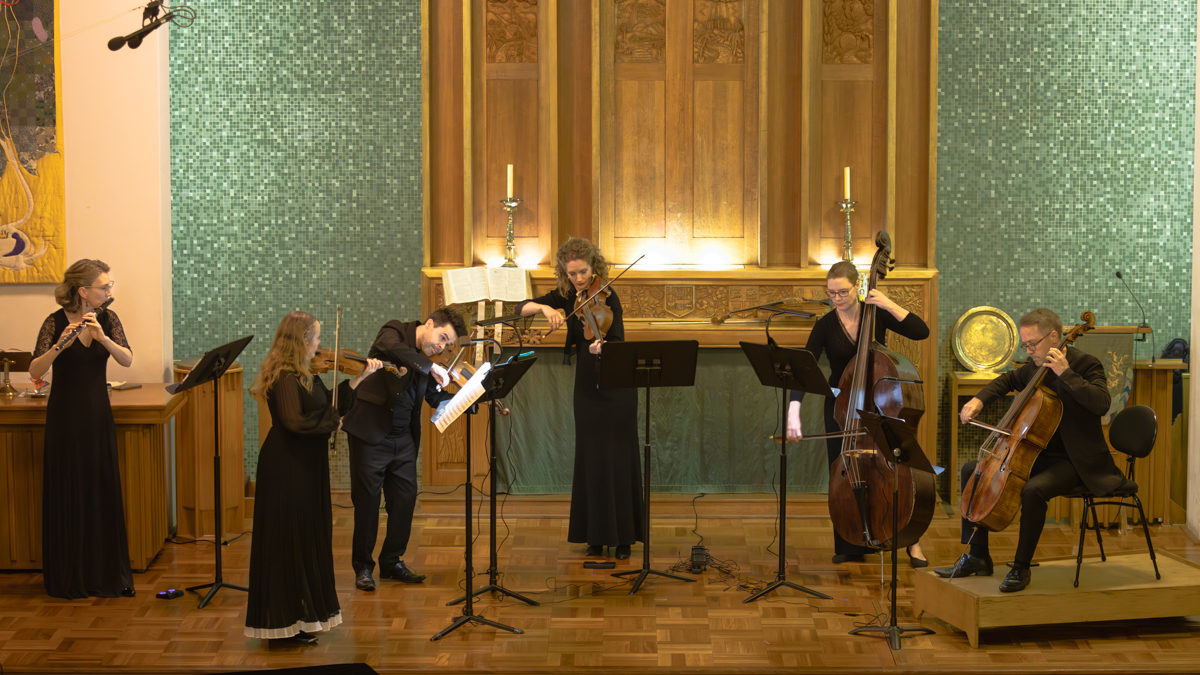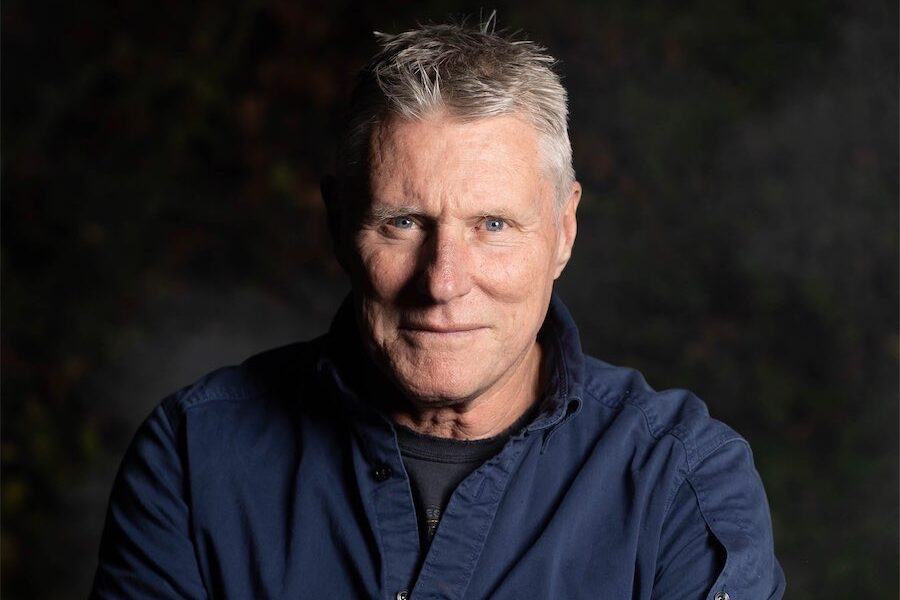
Music / Australian Haydn Ensemble – Beethoven’s ‘Seventh Symphony’. At Wesley Uniting Church, August 17. Reviewed by GRAHAM McDONALD.
FOR the past few years the Australian Haydn Ensemble has been increasingly focused on presenting condensed arrangements of larger orchestral works from the late 18th and early 19th centuries.
It was common practice in the music publishing world at the time to publish versions of popular symphonies and the like by the well-known composers of the day arranged for half a dozen bowed stringed instruments and perhaps a flute. The market was small groups of amateur musicians who would have had little access to full orchestral performances in a time when if you did not hear music in a live performance, you did not hear it at all.
Performing these works also makes a lot of economic sense for a small touring group wanting to explore the range of the classical era without having to bring in six or 10 extra musicians to play all the original orchestral parts. It also creates an interesting niche in the musical world for them to explore, which is attracting a growing audience in Canberra. This was a full Wesley Uniting Church on a Thursday evening.
This concert was a mostly Beethoven program, starting with an arrangement of the Egmont overture, Op.84 for two violins, viola, cello, bass and flute. This did not quite have the majesty of the full orchestral version, but was well balanced and captured the mood of the work. This was followed by Luigi Boccherini’s “String Quintet in C minor”. Boccherini was a virtuoso cellist and wrote many string quintets, adding in an extra cello part for himself, though in this case played on viola. This is an engaging piece of music, with an especially attractive recurring theme in the third movement.
The main work for the program was Beethoven’s “Seventh Symphony”, arranged by Italian violinist Nicolas Mori and published in London in 1820 for two violins, two violas, cello, bass and flute. This means all seven musicians are working pretty well continuously for the 40 or minutes of a performance. The ensemble’s director Skye McIntosh mentioned in her introduction that her part incorporated oboe and horn parts as well as violin scoring. At times the sound was a little sparse but the well-known second movement especially worked well with this instrumentation.
The final movement powered along and had the audience on their feet at the end with hooting and hollering and stamping of feet in appreciation. That does not happen often at a classical music concert.
Who can be trusted?
In a world of spin and confusion, there’s never been a more important time to support independent journalism in Canberra.
If you trust our work online and want to enforce the power of independent voices, I invite you to make a small contribution.
Every dollar of support is invested back into our journalism to help keep citynews.com.au strong and free.
Thank you,
Ian Meikle, editor








Leave a Reply